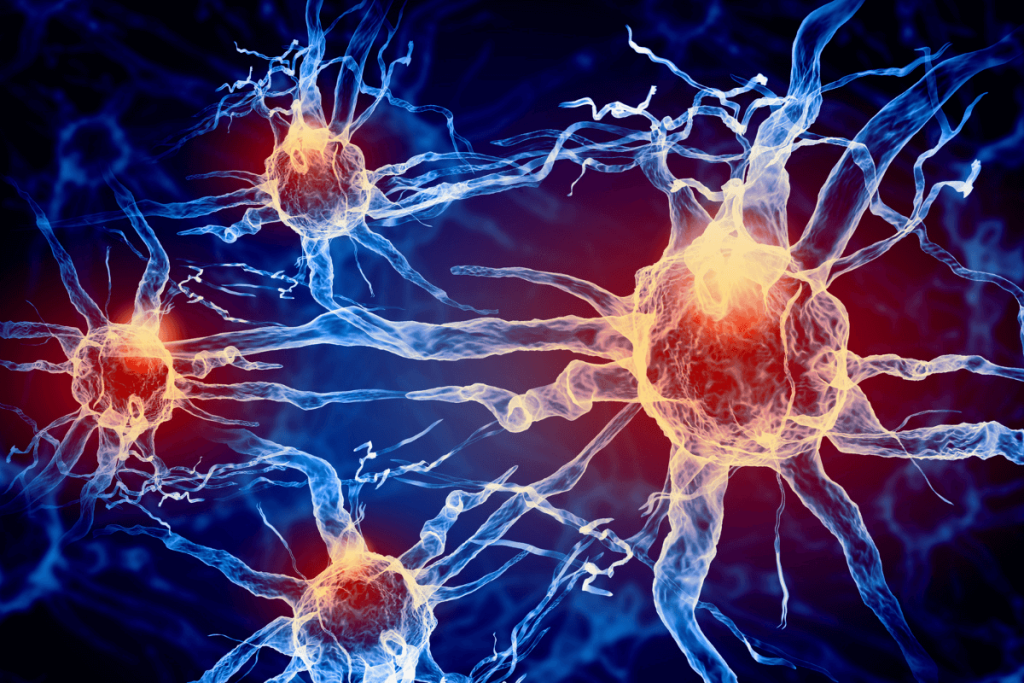
The development of programmed cell death protein 1/programmed death-ligand 1 (PD-1/PD-L1) immune checkpoint inhibition has transformed cancer therapy. Recent research suggests that tumor-associated nerves (TANs), specifically when infiltrated by cancer cells, a mechanism called perineural invasion (PNI), are linked with poor prognosis in cancers like melanoma, pancreatic ductal adenocarcinoma (PDAC), cutaneous squamous cell carcinoma (cSCC), and gastric cancer. The peripheral nervous system (PNS) generally regulates immunity and immunological memory; damaged nerves can attract immunosuppressive macrophages and promote tumor growth and resistance to treatment. The molecular role of cancer-induced nerve injury (CINI) to immunotherapy resistance remains poorly defined.
A recent Nature study investigated whether TAN injury alters the efficacy of anti-PD-1 treatment and explored the underlying processes by which CINI regulates the antitumor immunity. The researchers used clinical, in vivo, and in vitro methods to define the role of CINI in shaping the immune response and treatment results.
Clinical relevance was evaluated by using two neoadjuvant trials of cemiplimab in patients who have cSCC (n=56). Non-responders (>50% viable tumor) and responders (≤10% viable tumor) were separated, and neuronal injury markers (activating transcription factor 3 [ATF3], JUN) and PNI were evaluated. Mouse and human dorsal root ganglion (DRG) neurons were cultivated with control keratinocytes or squamous cell carcinoma (SCC) cells. Myelin integrity, neuronal viability, electrophysiology, and transcriptomic profiles were examined, which involved inflammatory pathway enrichment and ribonucleic acid (RNA) sequencing. Functional validation was assessed by mouse models, which include axotomy, surgical denervation, humanized mice treated with anti-PD-1 antibody, and generally modified ATF3 conditional knockouts. Spatial transcriptomics, multiplex immunofluorescence, and single-cell RNA sequencing were evaluated by neuron-immune interaction and immune infiltration in tumors.
In a clinical cohort study, non-responders had higher PNI at baseline than responders (50% vs 15%) and increased expression of the neuronal injury marker, confirming evidence of CINI. A previously described PNI/nerve injury gene signature was elevated in pretreatment tumors of anti-PD-1 non-responders in many cancer types. Cancer cells attached to neurons, which induced progressive degradation of myelin, impaired electrical conduction, and mitochondrial damage, as confirmed by electrophysiology and electron microscopy. These effects are needed for direct cancer-neuron contact and to trigger the neuron’s intrinsic inflammatory signaling, like tumor necrosis factor (TNF), interferon-α (IFNα), interferon-γ (IFNγ), and interleukin-6 (IL-6) pathways, with IL-6 especially secreted by neurons. Keratinocyte co-cultures and anti-PD-1 exposure did not result in the same responses.
Denervation enhanced anti-PD-1 efficacy, and axotomy decreased the responses. This demonstrates that CINI mediates therapeutic resistance in mouse models. Tumor progression with an increased number of injured nerves (neurofilament heavy chain [NFH]+ATF3+) in correlation with infiltration of the immunosuppressive macrophages (CD68+CD163+PD-L1+) and exhausted CD8+ T cells (CD8+TIM3+) in both the broader tumor microenvironment and perineural niches. Single-cell RNA sequencing revealed that cancer-injured neurons express ATF3 and inflammatory programs. ATF3 conditional knockout in the nociceptor neurons decreased tumor growth, increased CD8+ T cell function, and shifted macrophages to an M1-like, less suppressive phenotype. Pharmacologic blockade of IGN-1 or IL-6 signaling restored the anti-PD-1 responsiveness.
The study showed that CINI drives local and systemic immunosuppression and contributes to resistance against anti-PD-1 treatment. Cancer cells directly degrade neuronal myelin, triggering neuron-intrinsic inflammatory signaling, which recruits immunosuppressive cells in perineural niches and the broader tumor microenvironment.
CINI emerges as a critical mediator of immunotherapy resistance, which highlights neurons as an active regulator of tumor immunity. These findings provide a framework for biomarker function identification and development of combinational strategies to defeat immunotherapy resistance in many cancer types.
Reference: Baruch EN, Gleber-Netto FO, Nagarajan P, et al. Cancer-induced nerve injury promotes resistance to anti-PD-1 therapy. Nature. 2025. doi:10.1038/s41586-025-09370-8













